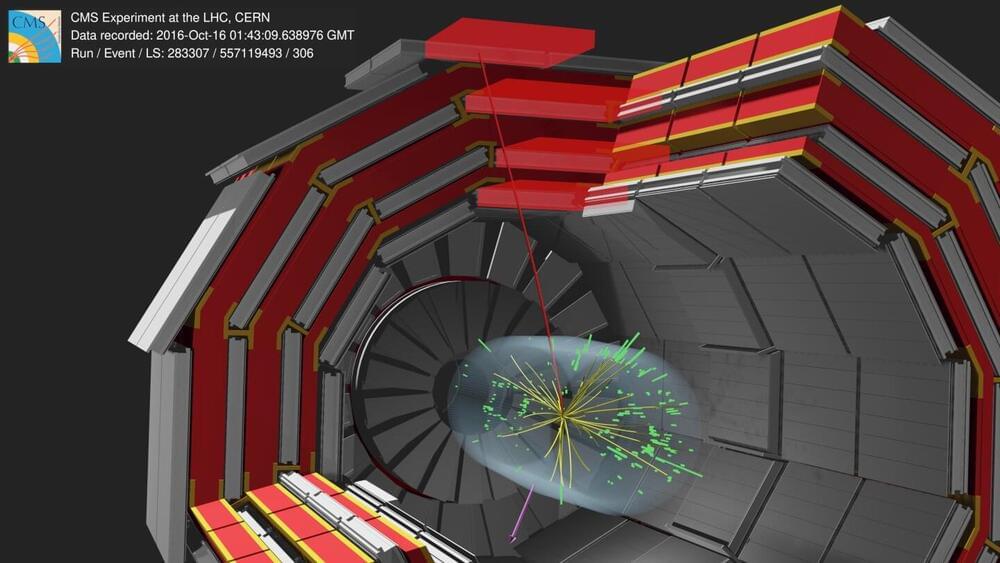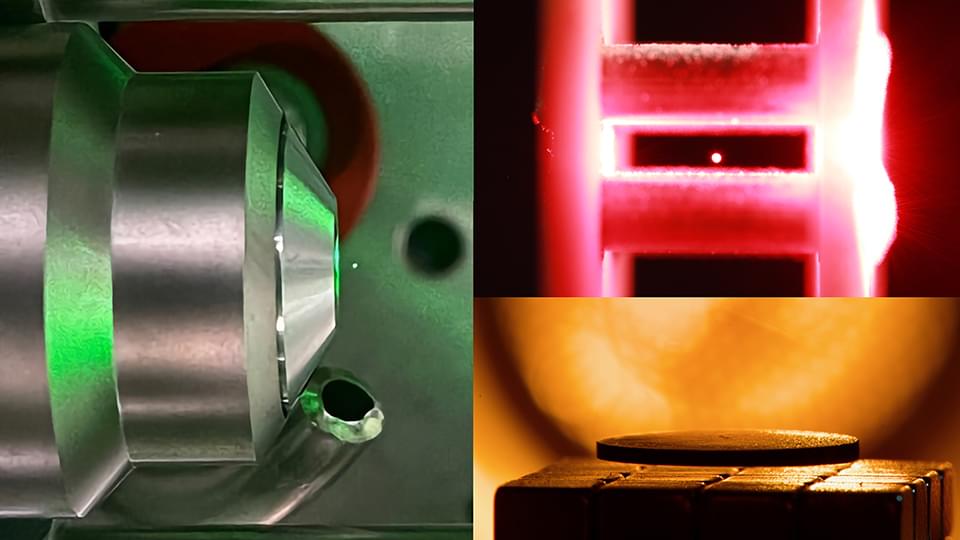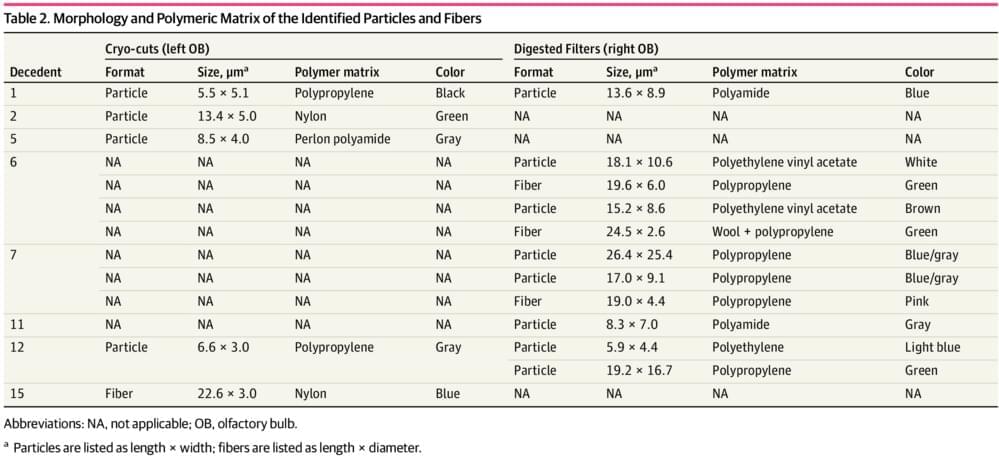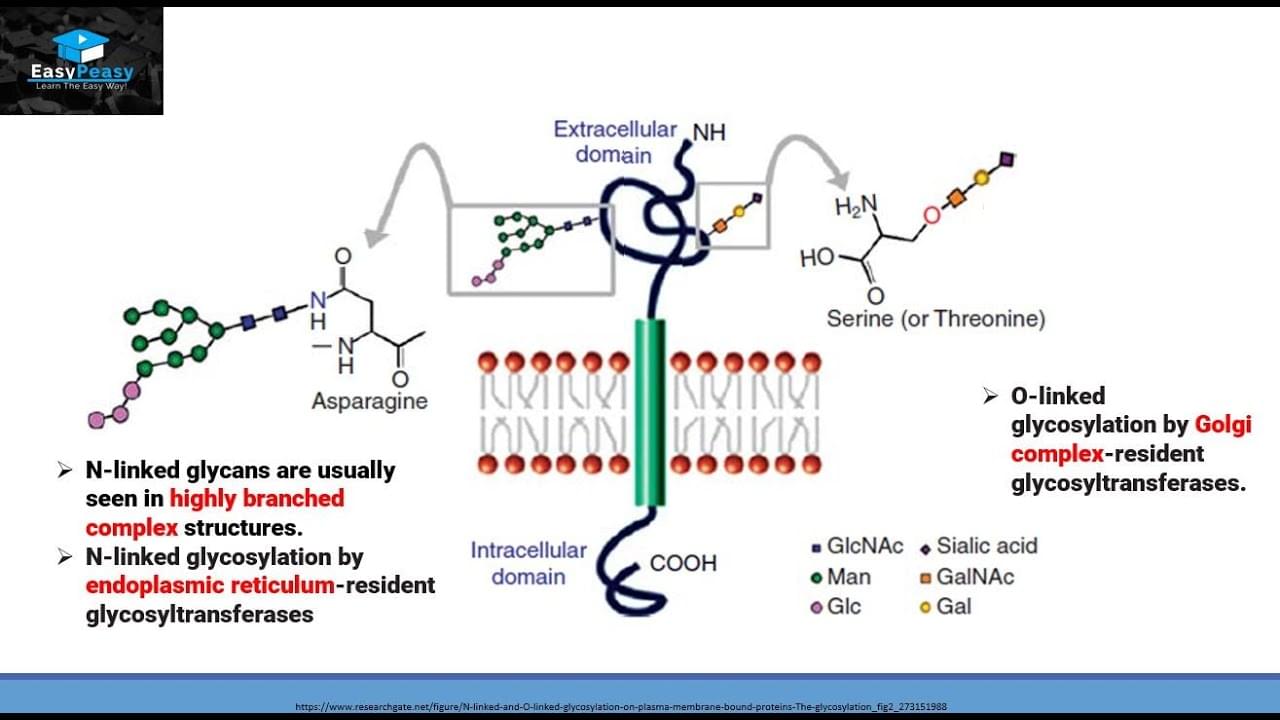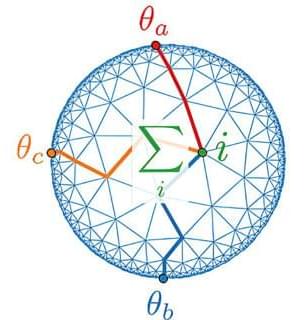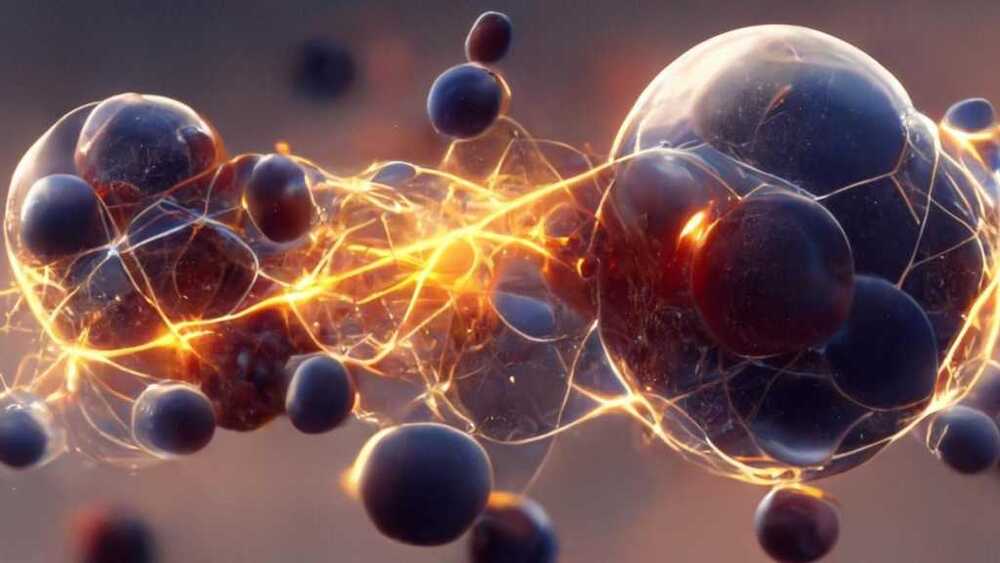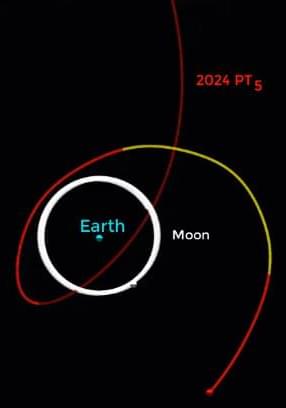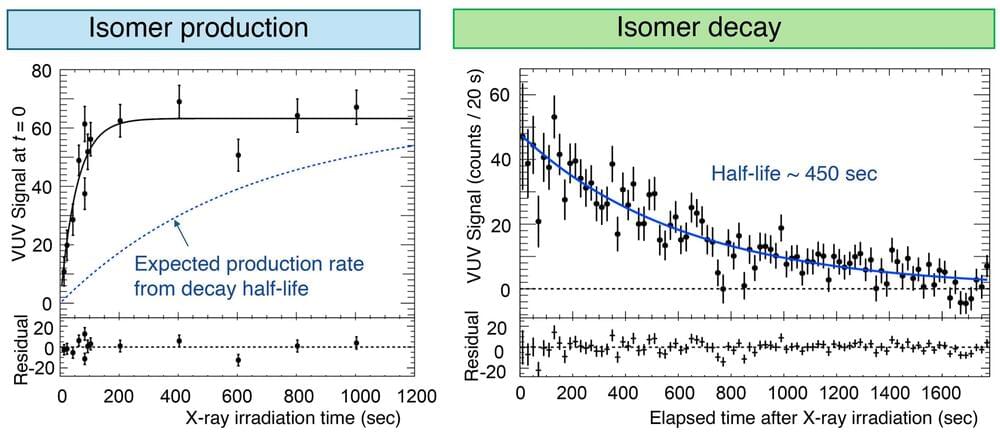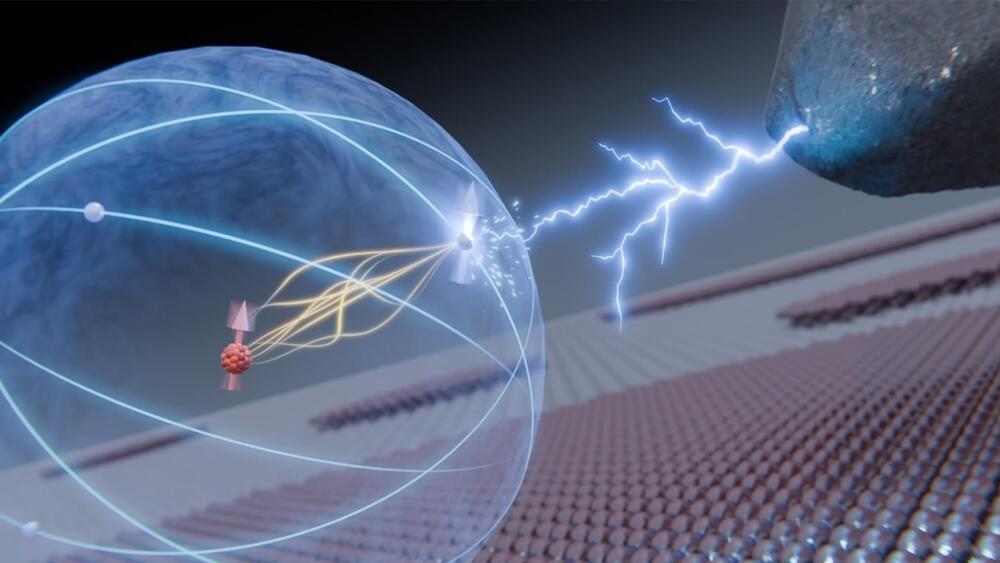Sep 18, 2024
CMS experiment at CERN weighs in on the W boson mass
Posted by Saúl Morales Rodriguéz in category: particle physics
In 2023, the ATLAS collaboration, which provided its first W boson mass measurement in 2017, released an improved measurement based on a reanalysis of proton–proton collision data from the first run of the LHC. This improved result, 80,366.5 MeV with an uncertainty of 15.9 MeV, lined up with all previous measurements except the CDF measurement, which remains the most precise to date, with a precision of 0.01%.
The CMS experiment has now contributed to this global endeavor with its first W boson mass measurement. The keenly anticipated result, 80,360.2 with an uncertainty of 9.9 MeV, has a precision comparable to that of the CDF measurement and is in line with all previous measurements except the CDF result.
“The wait for the CMS result is now over. After carefully analyzing data collected in 2016 and going through all the cross checks, the CMS W mass result is ready,” says outgoing CMS spokesperson Patricia McBride. “This analysis is the first attempt to measure the W mass in the harsh collision environment of the second running period of the LHC. And all the hard work from the team has resulted in an extremely precise W mass measurement and the most precise measurement at the LHC.”
